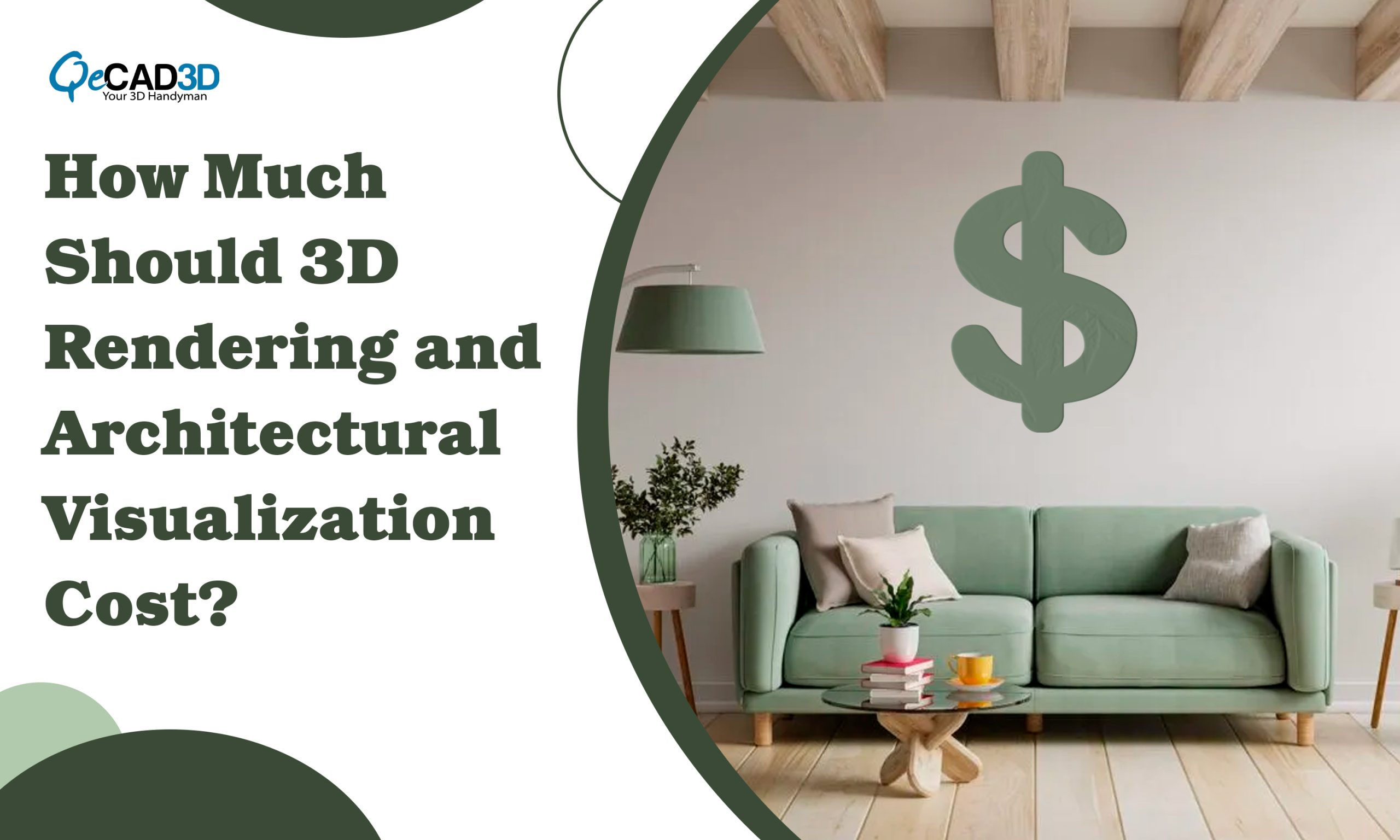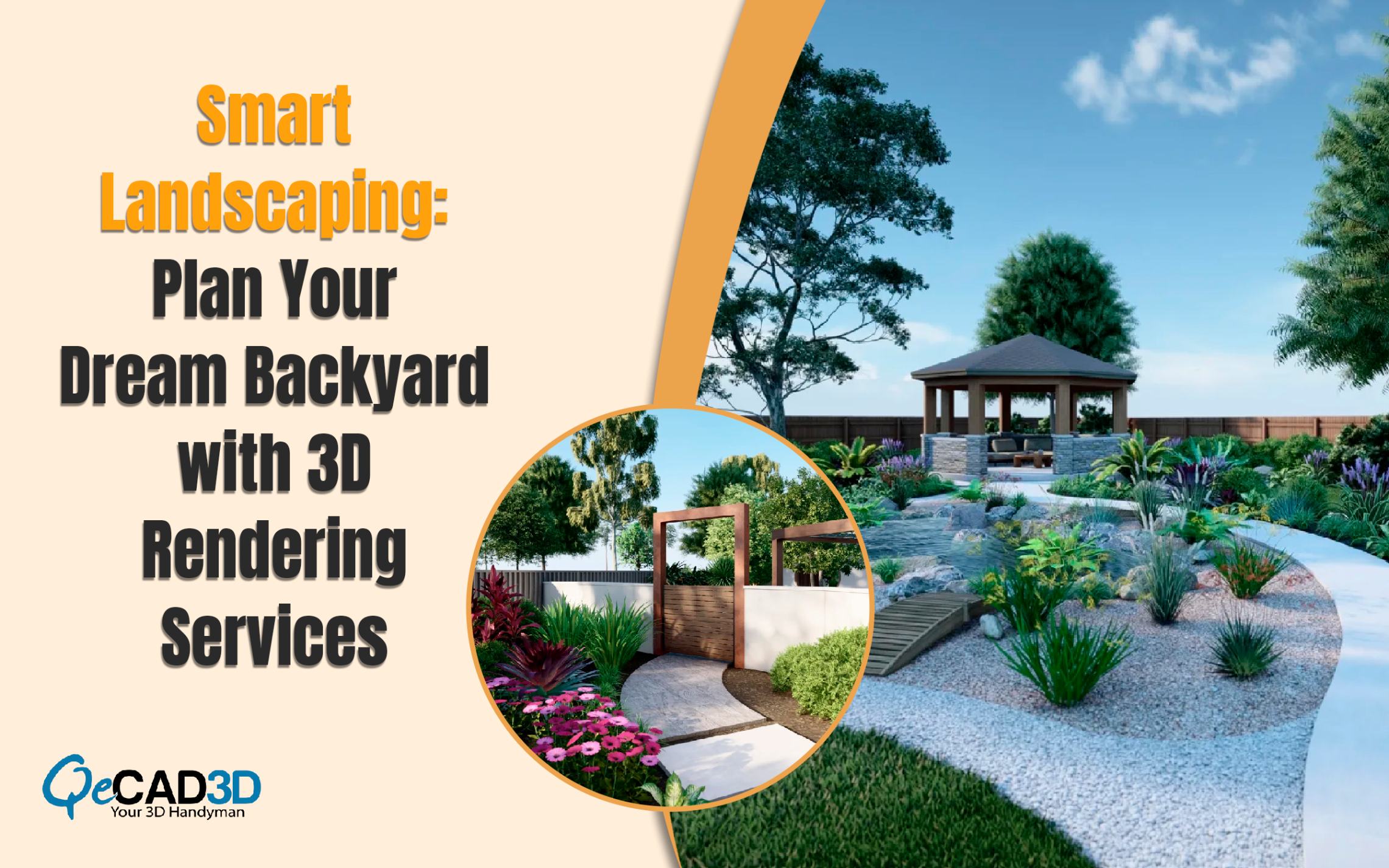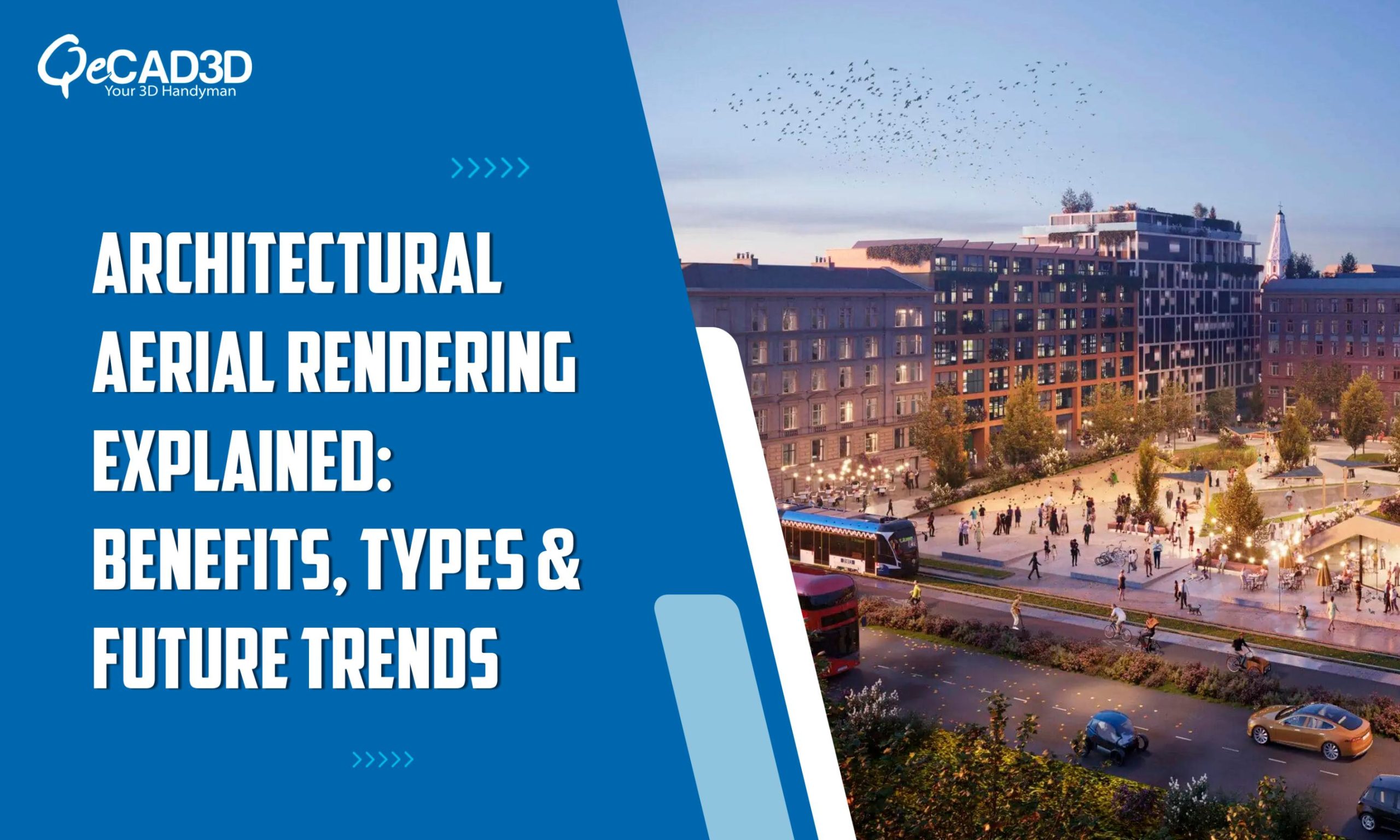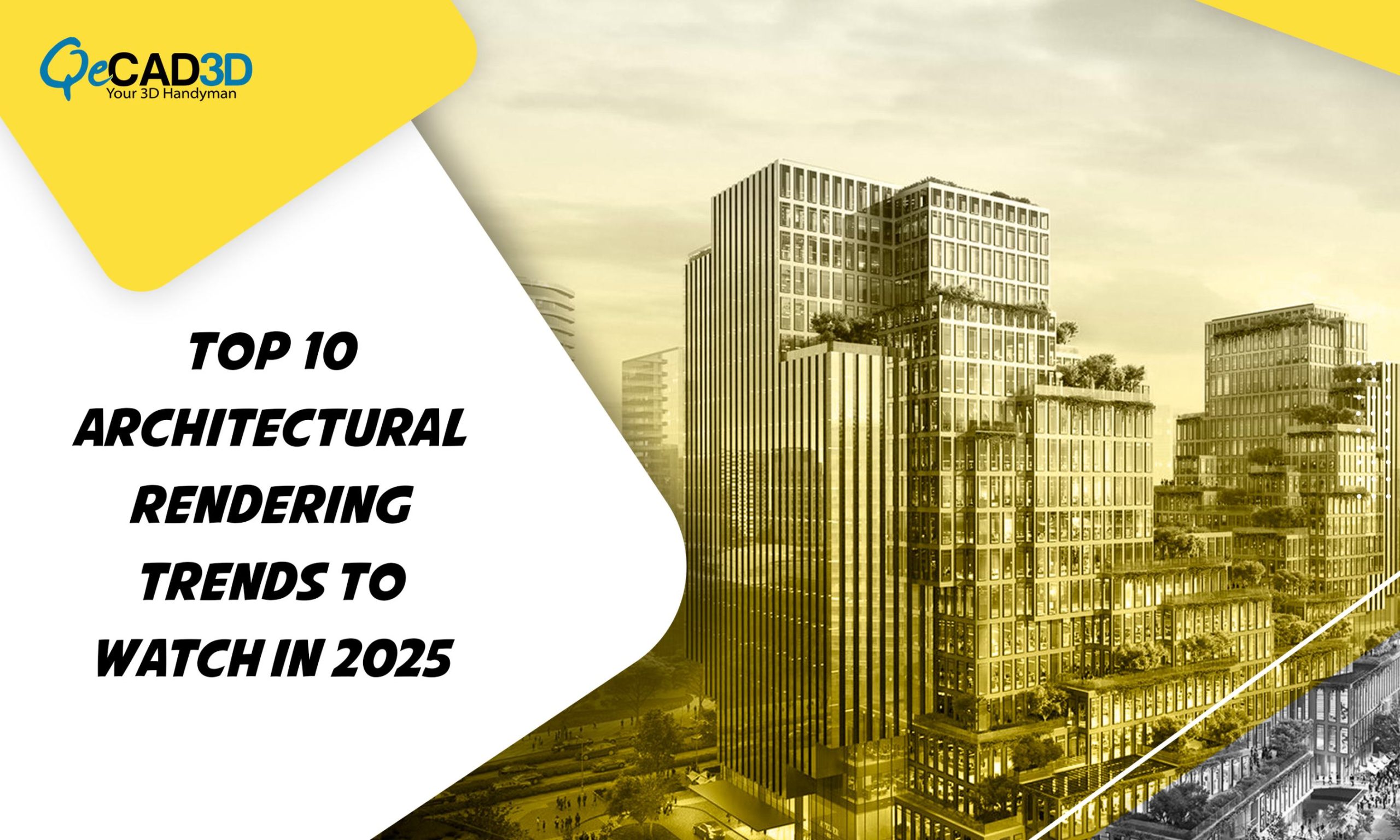How Much Should 3D Rendering and Architectural Visualization Cost?
Introduction
In today’s world of architectural design and real estate, 3D rendering and architectural visualization have become invaluable tools. They allow architects, designers, and real estate developers to illustrate their ideas, thoughts and concepts in a visually compelling and realistic way. However, the cost of 3D rendering and architectural visualization services can vary widely, leaving many wondering how much they should expect to pay for these essential services. In this blog post, we will explore the factors that influence the cost of 3D rendering and architectural visualization and provide some guidelines for understanding the pricing structure.
Understanding the Basics
Before diving into the cost of 3D rendering and architectural visualization, it’s essential to understand what these services entail. 3D rendering involves transforming a 3D model of an architectural design or space into a 2D image or animation. This process involves adding texture, lighting, and other details to make the representation as realistic as possible.
Architectural Visualization Services, on the other hand, is a broader term that includes various types of visual representations of architectural designs. These can range from simple 2D floor plans and elevations to complex 3D models and animations. Architectural visualization acts as a potent means of conveying design concepts to clients, investors, and the broader public.
Factors Influencing Cost
1) Complexity of the Project:
The level of project complexity plays a pivotal role in determining the cost of 3D Rendering Services and architectural visualization. More intricate designs or larger-scale projects demand additional time and resources for their completion. Complex structures with intricate details, intricate landscaping, or interior design elements may demand higher costs due to the increased labour and skill required.
2) Level of Detail:
The extent of detail in the visualization represents another crucial factor in cost determination. Highly detailed 3D models with realistic textures, intricate lighting, and accurate reflections will naturally cost more than simpler representations. This level of detail can greatly impact the overall realism and quality of the visualization.
3) Timeframe:
The urgency of the project can also influence the cost. Tight deadlines may require the rendering team to work longer hours or prioritize the project over others, which can result in higher fees. Planning ahead and allowing for a reasonable timeframe can aid in offsetting these supplementary expenses.
4) Software and Technology:
The choice of software and technology used for 3D rendering and architectural visualization can also impact the cost. High-end software and advanced hardware are capable of producing superior-quality results but may come with higher initial investment costs. Some studios may charge more for the use of premium tools.
5) Expertise and Experience:
The expertise and experience of the rendering team or studio matter significantly. More experienced professionals are likely to produce better quality work and may command higher fees. Their skill in understanding architectural nuances, lighting, and textures can make a substantial difference in the final output.
6) Additional Services:
Some 3D rendering and architectural visualization firms offer additional services, such as virtual reality (VR) experiences, augmented reality (AR) apps, or interactive walkthroughs. These value-added services can enhance your project’s presentation but may come at an extra cost. Consider whether these services align with your project’s goals and budget.
7) Market Competition:
Pricing in the 3D rendering and architectural visualization industry can also be influenced by the degree of competition. In fiercely competitive markets, service providers might present competitive pricing to entice clients. Nevertheless, it’s vital to strike a balance between cost considerations and the quality and dependability of the services provided.
Pricing Structures
When it comes to pricing 3D rendering and architectural visualization, you’ll typically encounter three common pricing structures:
- Fixed Pricing: Some studios or freelance artists offer fixed pricing based on the scope of the project. This structure is straightforward and easy to budget for, making it suitable for smaller projects with well-defined requirements.
- Hourly Rate: Many professionals charge an hourly rate for their services. This pricing structure is often used for more complex projects, where the exact time required may be difficult to estimate in advance. However, it can lead to uncertainty in terms of the final cost.
- Per Image or Per Frame: Another common pricing model is to charge per image or per frame for animations. This approach is useful when you have a clear idea of the number of images or frames you need. It can help provide a more precise estimate of the project cost.
Guidelines for Budgeting
To help you budget for 3D rendering and architectural visualization, here are some general guidelines:
- Define Your Project Scope: Begin by establishing a well-defined project scope. Understand your goals and the desired level of detail. The more precise your specifications, the simpler it will be to procure accurate price quotations.
- Get Multiple Quotes: Reach out to multiple rendering professionals or studios and request quotes. Having several quotes allows you to compare costs and select the option that best fits your budget and quality expectations.
- Review Portfolios: Examine the portfolios of the professionals or studios you are considering. Quality matters, so ensure that their previous work syncs with your vision and is up to the standards.
- Plan Ahead: Avoid rush projects whenever possible. Planning ahead allows you to negotiate better prices and ensures that you have adequate time for revisions and adjustments.
Conclusion
3D rendering and architectural visualization are essential tools for architects, designers, and real estate developers to showcase their ideas and projects. The cost of these services starts at $99 and can vary widely based on factors such as project complexity, level of detail, timeframe, software and technology, and the expertise of the professionals involved. By carefully evaluating these elements, you can make an informed decision about your budget and find a service provider that offers the right balance of quality and affordability for your specific project. Ultimately, investing in high-quality 3D rendering and architectural visualization can pay dividends by helping you secure approvals, win clients, and bring your designs to life.






